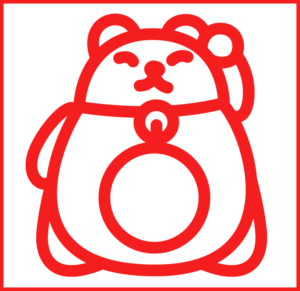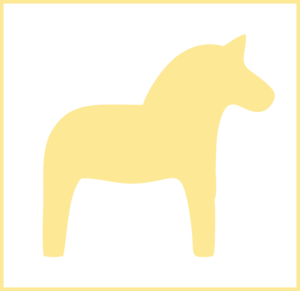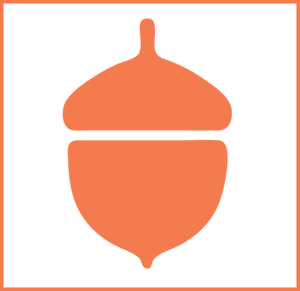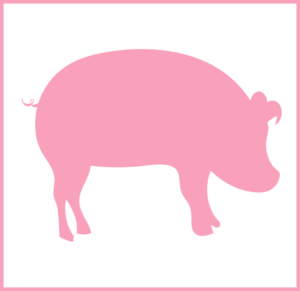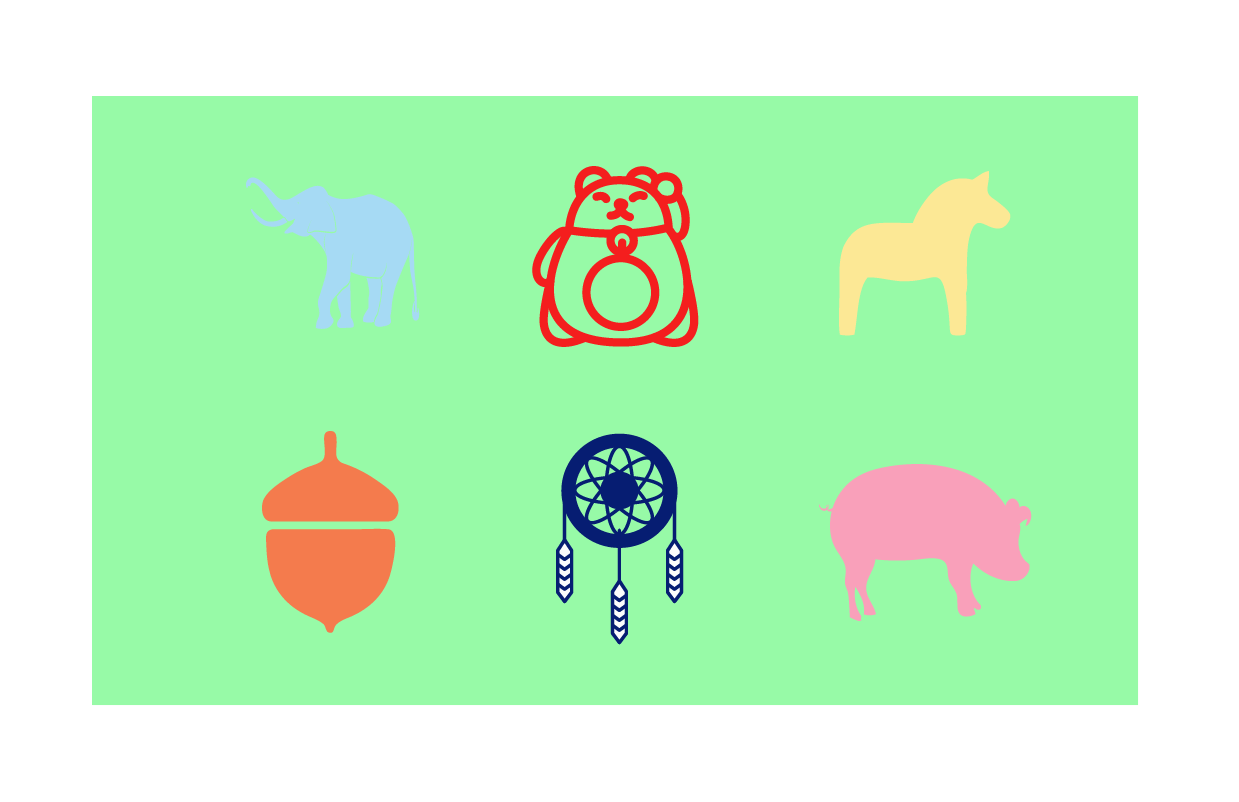
March 16, 2018
6 ways to get lucky on a global scale
Finding good luck isn’t always easy, over time cultures have developed good luck charms like symbols, amulets and talisman to help them in their hunt. While some of these charms are used throughout several countries in a given region others remain unique to certain cultures. We took a look at six good luck charms around the world and why we think they’re so lucky.
Lucky in India: Elephants
Elephants are seen as a symbol of good luck and represent power, wisdom and stability. Ganesha, one of the most worshiped Hindu deities had the head of an elephant. If you’re looking for some extra power and your office space can host an elephant, try this good luck charm.
Lucky in Japan: Maneki-Neko Cats
It never hurts to have a little luck on your side when your growing a business. These cat figures are often displayed in windows or business entrances in hopes of bringing good luck to their owners. The cats vary in size, color and designs.
Lucky in Sweden: Dala Horse
These horses, which originated from the Dalarna region in Sweden, represent strength, wisdom, faithfulness, and dignity. They are a common staple in Swedish homes. A little more wisdom never hurt anyone.
Lucky in England: Acorns
Acorns are considered symbols of youth, spiritual growth, and prosperity. They were long considered symbols of growth and power, often carried in pockets for good luck. Building a business can be wearing… try keeping an acorn in your pocket!
Lucky with Native Americans: Dream Catchers
It’s always important to get a good night’s sleep. When hung over a person’s bed, a dreamcatcher is thought to screen the dreams as the flow by, letting only the good ones through.
Lucky in Germany: Pigs
“Schwein Gehabt” is a German saying for “got lucky there!” though literal translations comes across as “got pig!” In Germany, possessing pigs was seen as a symbol of wealth and prosperity during the middle ages, indicating that their owners would never go hungry. Schwein Gehabt to you all on this St Patrick’s day!


